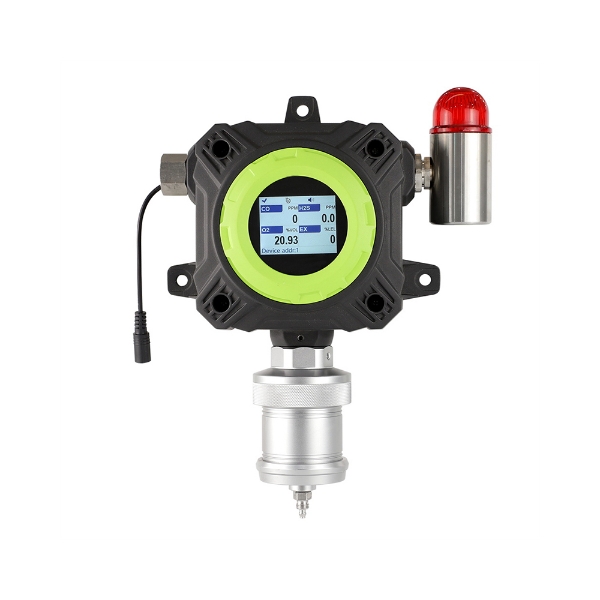Close
-
You have no items in your shopping cart.
- Register
- Log in
- Wishlist
- Shopping cart
Close
Menu
Close
- Home /
- Shop /
- Industrial Gas Detectors /
- Toxic Gas Detectors /
- Industrial Fixed Chlorine (Cl2) Gas Detector
WRITE YOUR OWN REVIEW
RELATED GAS DETECTORS
Industrial Fixed Oxygen (O2) Gas Detector
GD700-O2
Industrial fixed Oxygen (O2) gas detector for sale, optional measuring range 0~25% VOL or 0~30% VOL. GasDog wall mounted O2 gas detector can be installed in pipelines and confined spaces for 24-hour online detection and monitoring of Oxygen concentration.
$878.29
Industrial Fixed Nitrogen (N2) Gas Detector
GD700-N2
Industrial fixed N2 gas detector is a wall mounted gas monitor installed in pipelines and confined spaces, with a measuring range from 0 to 100% VOL. GasDog detector with remote control and sound & light alarm can 24h continuously monitor Nitrogen gas concentration.
$1,036.99
Fixed Ozone (O3) Gas Detector
GD300-O3
Reliable fixed O3 gas detector for sale, available in measuring range 0 to1/5/10/20/50/100ppm. GasDog O3 gas monitor can be installed in pipelines and confined spaces for 24 hours online detection and monitoring of Ozone concentration.
$869.43
Portable Hydrogen Chloride (HCl) Gas Detector
GD200-HCL
The handheld Hydrogen Chloride HCl gas detector is one of the GasDog portable gas detector series. It is specially designed for monitoring Hydrogen Chloride gas concentration, with a high-precision gas sensor, LCD display, and a measurement range of 0 to 10/20/50/100/200ppm.
$866.23
"Gas Dog: Gas Detection is as Accurate as a Sniffer Dog's Nose."
CUSTOMER SERVICE
Copyright © 2025 GasDog.com. All rights reserved.
























